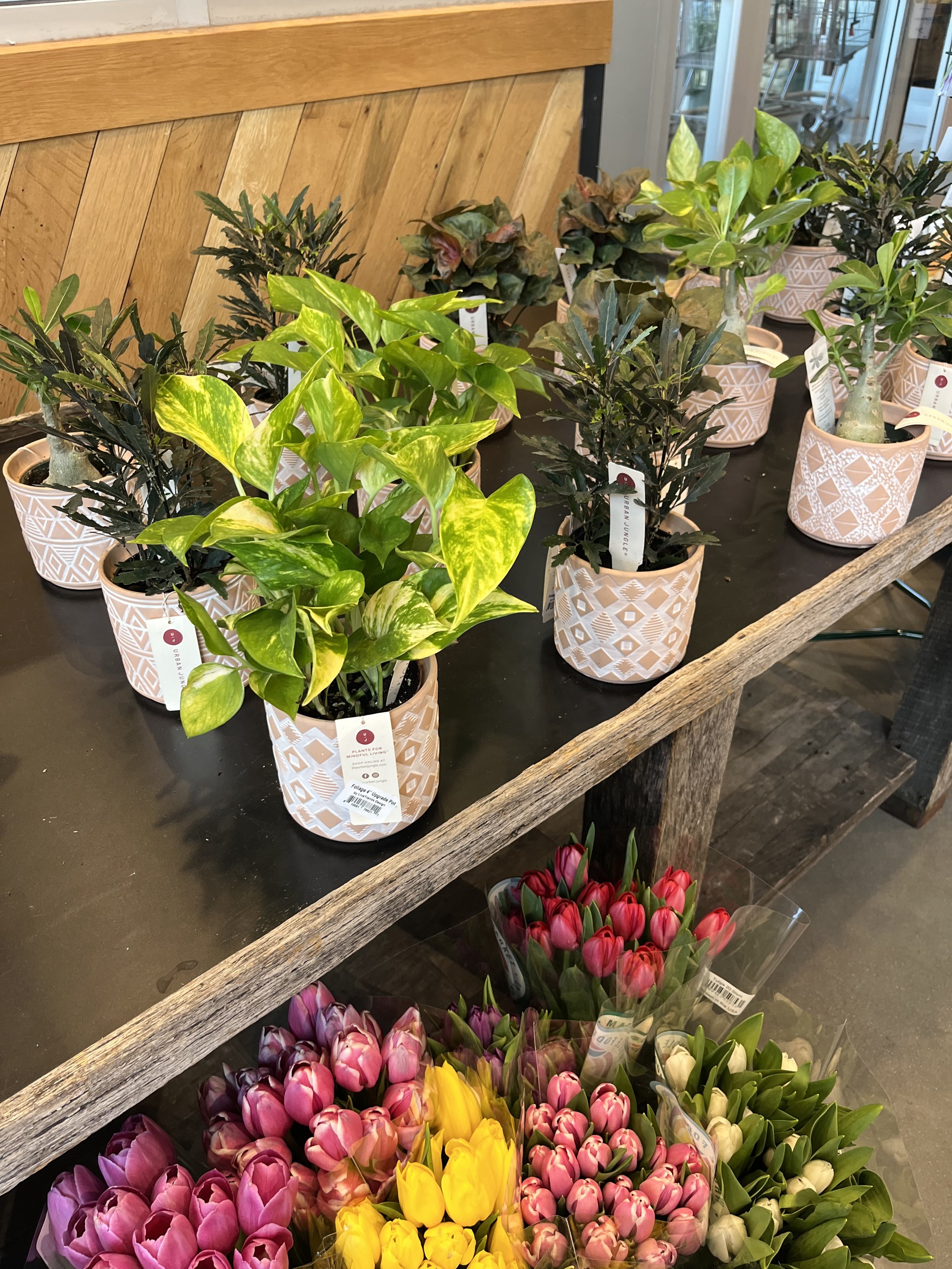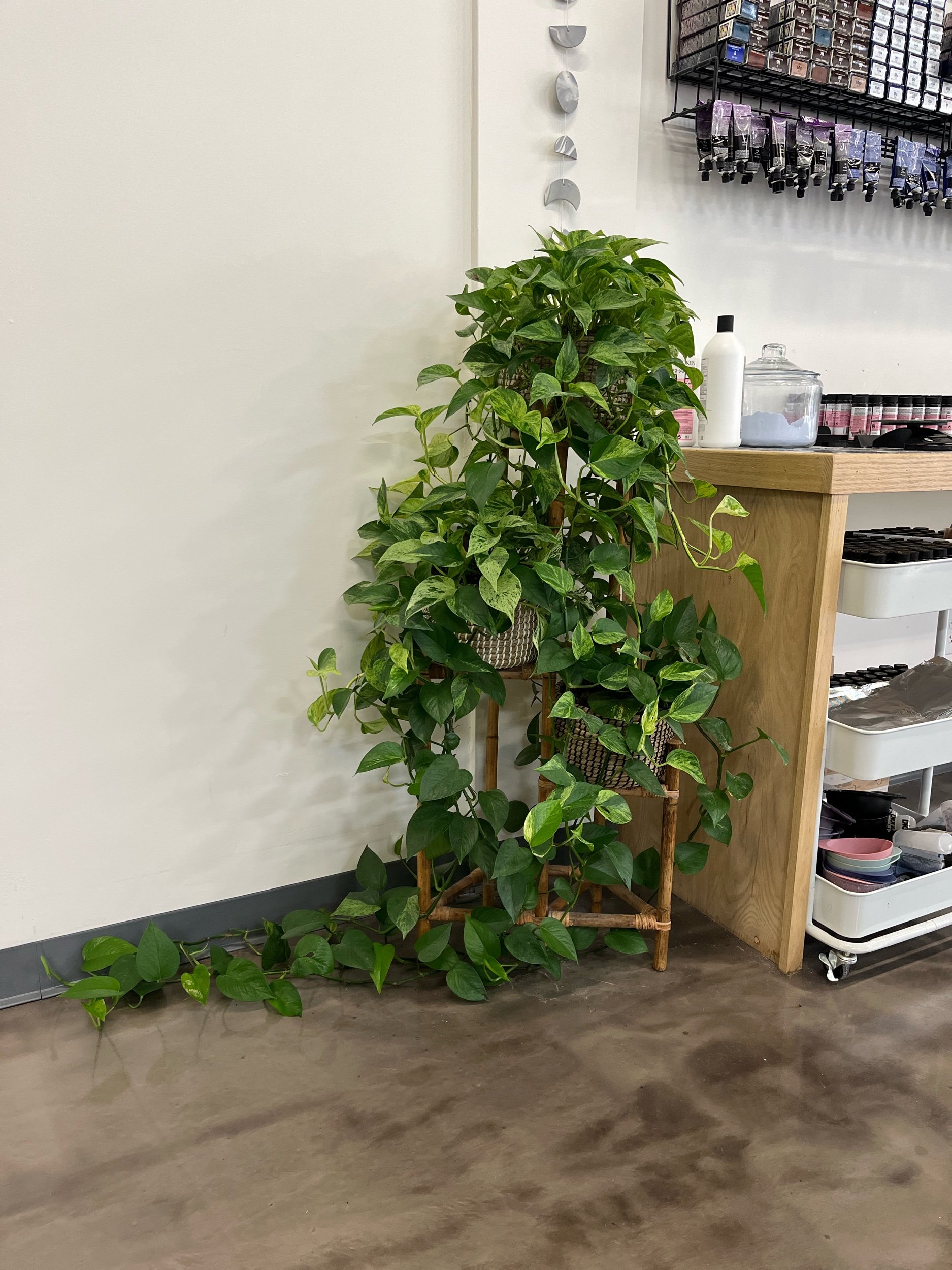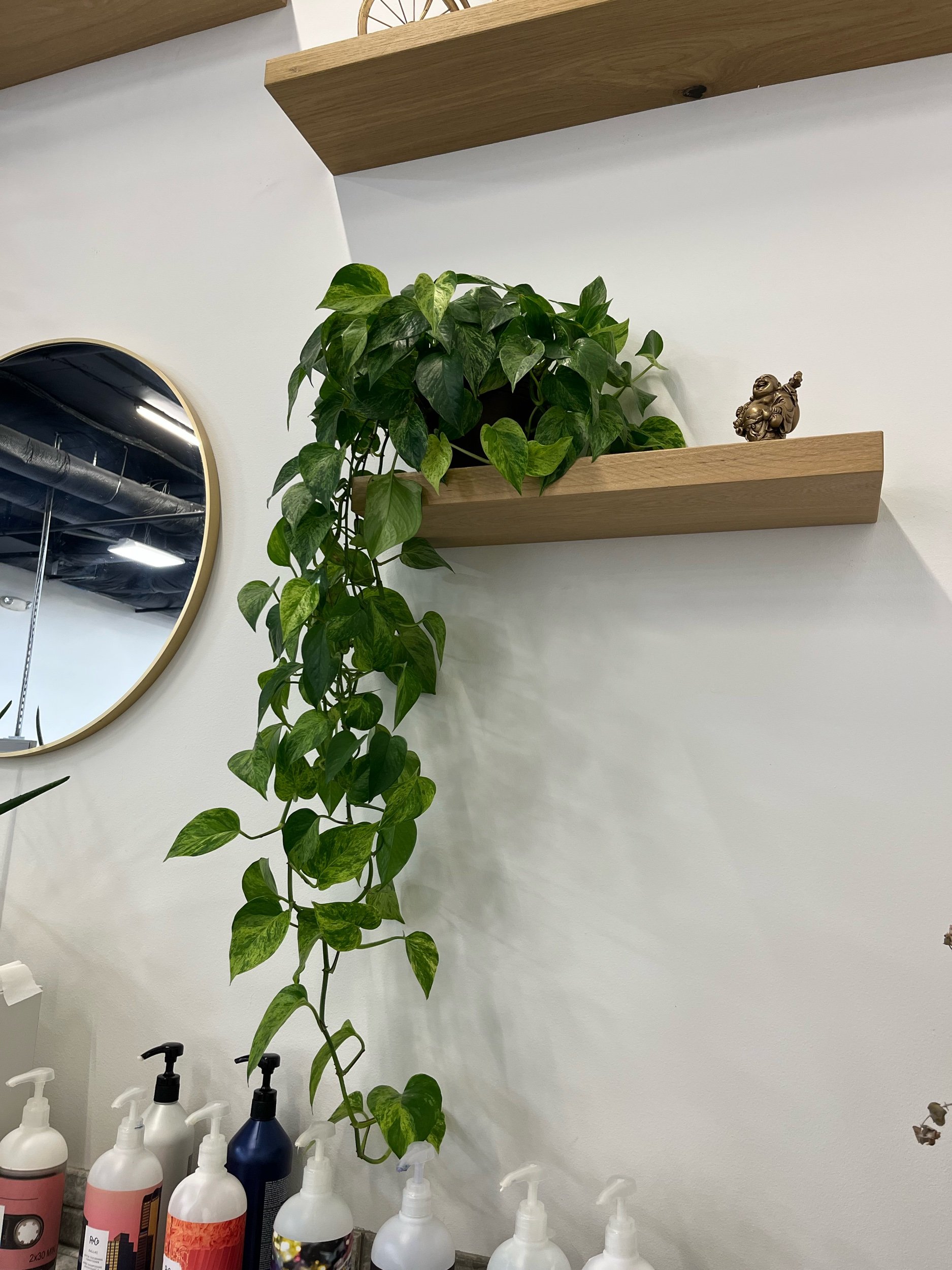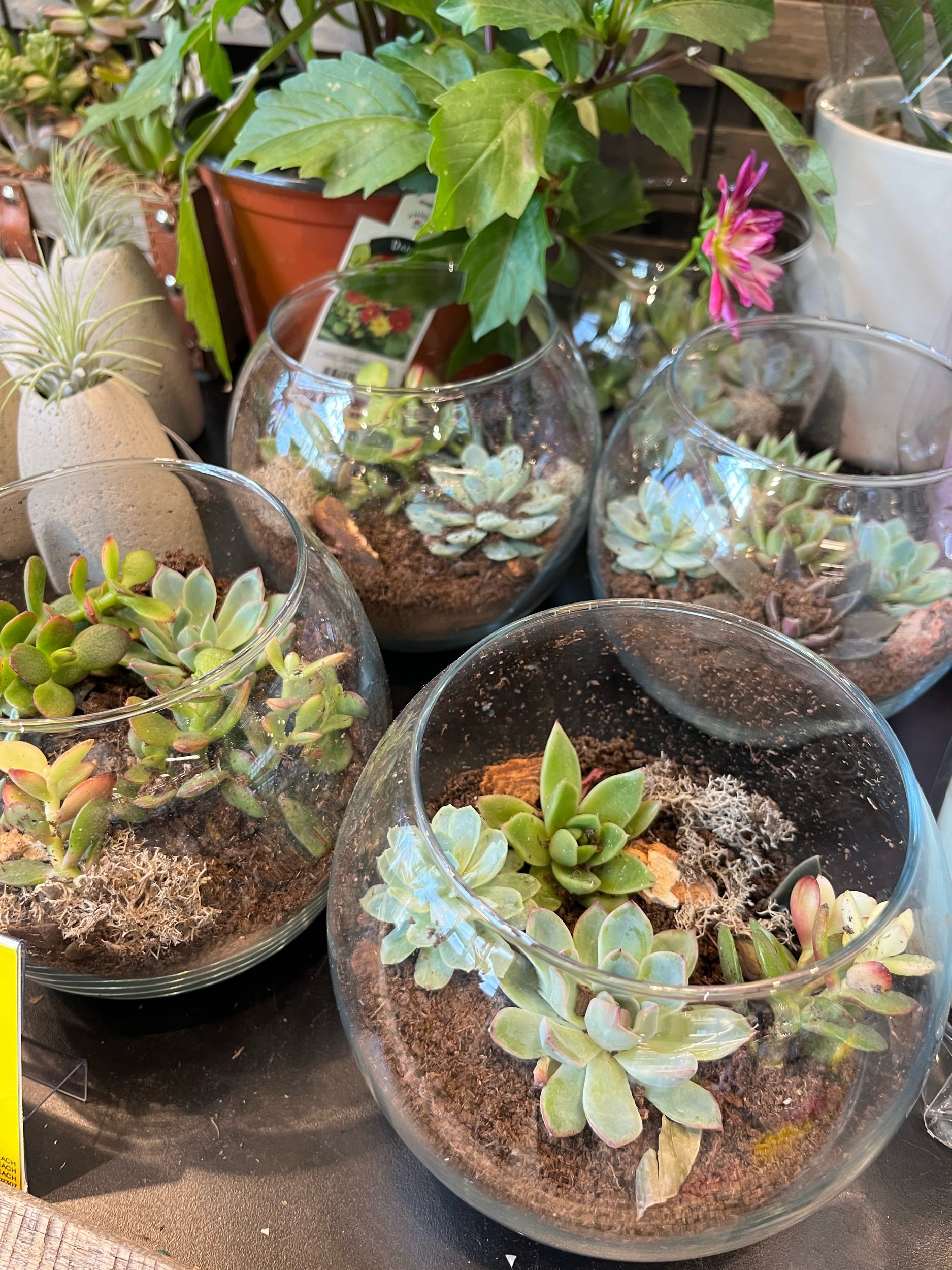How To Care For Indoor Plants
We love our plant babies at revive. It took some time to develop our green thumbs but with a little patience and nurturing these babies are living their best life. We selected the two best indoor plants for your home along with useful tips on how to care for them.
The Benefits
Snake & Pothos plants help to filter indoor air. They are known for their ability to help remove harmful chemicals and toxic air pollutants. In small contributions, these plants can absorb cancer-causing pollutants, including:
CO2
benzene
formaldehyde
xylene
trichloroethylene
toluene
Snake Plants
Put them in your bedroom. They are a natural air purifier that emits oxygen at night which helps you sleep better.
Care & Maintenance
These babies are low maintenance, requiring little attention to grow. They’re resilient and can survive in relatively dry environments, both indoors and out.
If you plan to have a snake plant in your home, here are a couple of things to keep in mind:
Don’t overwater. Too much water is this plant’s weakness. Place a snake plant in a well-drained pot to avoid overwatering, as it can cause rotting.
Beginners trick- place your fingers in the soil and if it’s totally dry, water it.
Indirect sunlight is best. Partial sun works best for snake plants, though it can still grow in darker corners or in brighter window areas. If completely shaded, the plant can dull and the leaves may become a bit floppy.
Pothos Plant
Perfect for beginners. They are easy to care for & tolerant of many conditions.
Care & Maintenance
Pothos plants are fast-growing and perfect to place somewhere you want cascading greenery.
Don’t overwater x 2. Pothos plants like to dry out quite a bit between waterings. Be sure to drench the plant thoroughly each time you water (until water runs out of the drainage holes in the pot) and then let it dry completely before watering again. Use the beginners trick!
Place in bright indirect light. It will still grow in shadier spots but wiithout adequate light, it may become a bit leggy. Trim back the stems to help create a bushier silhouette.
⛔️ Warning ⛔️
These plants are considered to be relatively safe, but they’re mildly toxic if consumed. Their leaves contain a poison that can cause swelling and numbness on the tongue if eaten in large doses. It’s wise to keep this plant away from children and animals who are prone to nibbling.
Our Favorite Spots To Shop For Plants:
Whole Foods
Trader Joes
how many plant babies do you think we have at revive? 🪴















